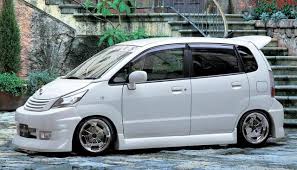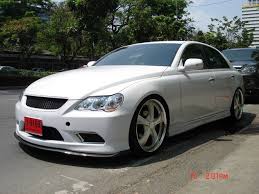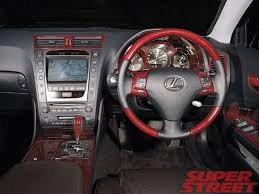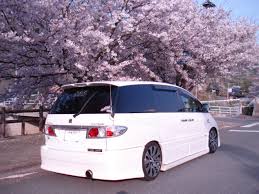There are OVER 200 Million Home Based Business Operators in the world and sooner or later they ALL WILL need this service...STIFORP. [PROFITS spelled backwards]
Here is an interesting fact...in the Yukon and California Gold Rushes, the people that made the MOST money were those who were selling mining tools, NOT the miners.
Now...the powerline shows you how FAST the company is growing because with this Pay Plan, everyone only has 2 front line positions in this fast filling company forced 2x14 Matrix and once when those two spots are filled, the ONLY place for everyone else to go is UNDER the ones who are already in there.
STIFORP just went into pre-launch and if you look at the 'Leader Board' you can see how much SUCCESS people are having. Some have already personally enrolled 5, 10, 20, 50 people...some with over 100 people.
Don't think you have to enroll a 100 people to make money...in fact, you can max out the Pay Plan with just TWO personally enrolled people. The point is, those leaders have only TWO front line positions and what that means to you is ALL of those other people are falling under EVERYBODY ELSE who is already in the matrix. So, all of the people you see under you in the powerline now, is NOTHING. Yes...you will go into the matrix before all of those people which is great, but that is NOT what is exciting !!
Let me demonstrate how this works...Please find the email that you have received from support@stiforp.com and click on the link in the email ( or simply login to your very own stiforP back office ).
Then click on the "Genealogy" tab ( or as a paid member click on "Company Momentum" tab on the left side of your stiforP back office ) at the top and you will see how many PAID Members have joined since you first pre-enrolled, as well as how many have just pre-enrolled since you did. Then look to the lower left corner and see...Click Here to See Everyone Under you in the Powerline.
NOW...what IS EXCITING is the HUNDREDS of people who will join next WEEK and the THOUSANDS of people who will join next MONTH and the potential of the HUNDREDS of THOUSANDS or even the MILLIONS OF PEOPLE who join over the next 12 months.
DON'T WAIT, JOIN NOW OR BE OUR FREE ENROLL HERE NOW
All of these people are going into the 2 x 14 matrix UNDER the people who are already in there...THAT is what the powerline is all about. Are YOU starting to understand that is what makes this POWERLINE system so POWERFUL and that is one of the reasons that STIFORP is one of THE FASTEST GROWING COMPANIES in this INDUSTRY?
AGAIN... Remember, there are OVER 100 MILLION Home Based Business Operators (Network Marketers) in this world and sooner or later THEY WILL need STIFORP.
Don't get excited about the 200 people that you see under you in the powerline, because MAYBE a few of those people will fall under you in the matrix, but that is NOT where the money is...what is SO EXCITING is the MILLIONS of people who are going to join this program in the next few years. THE ONLY PLACE for them to fall is UNDER the ONES WHO ARE ALREADY in there AND the people you introduce STIFORP to right NOW!
See you at the TOP.




















